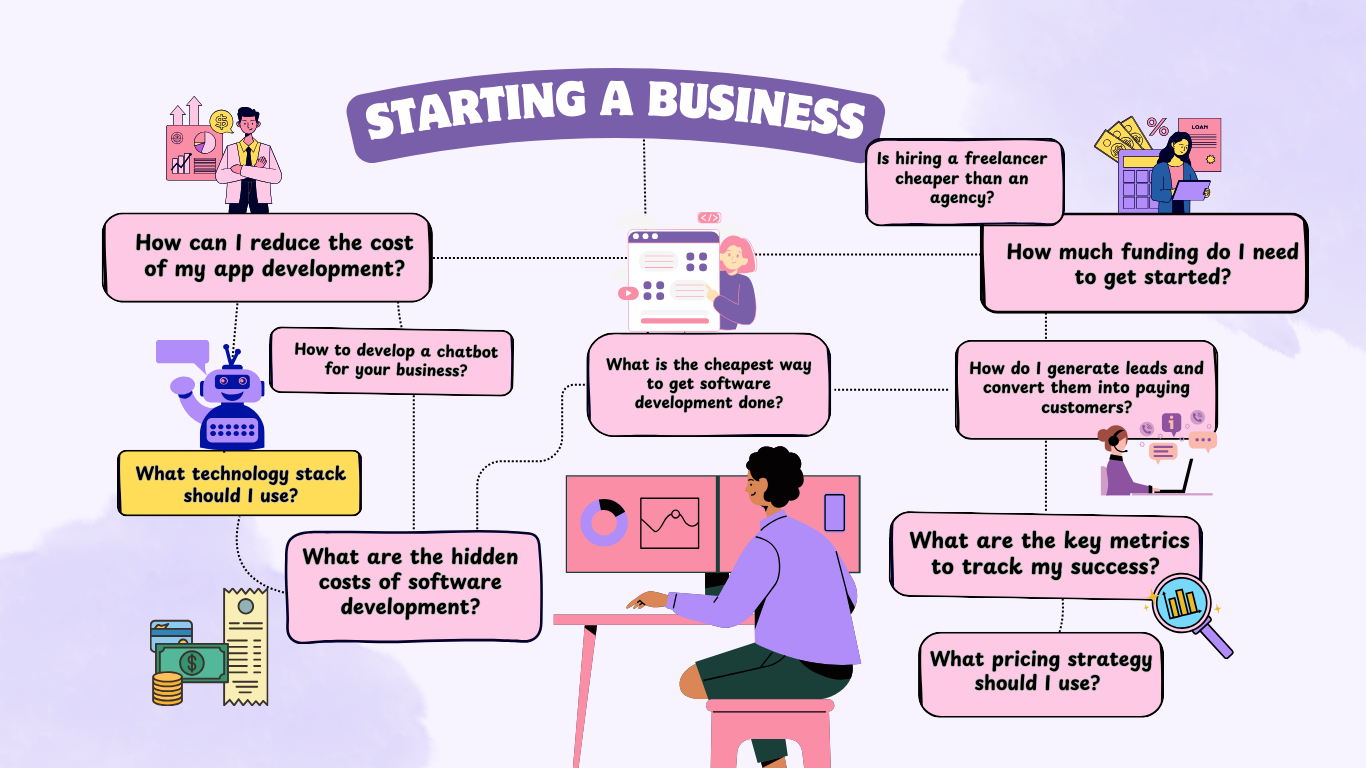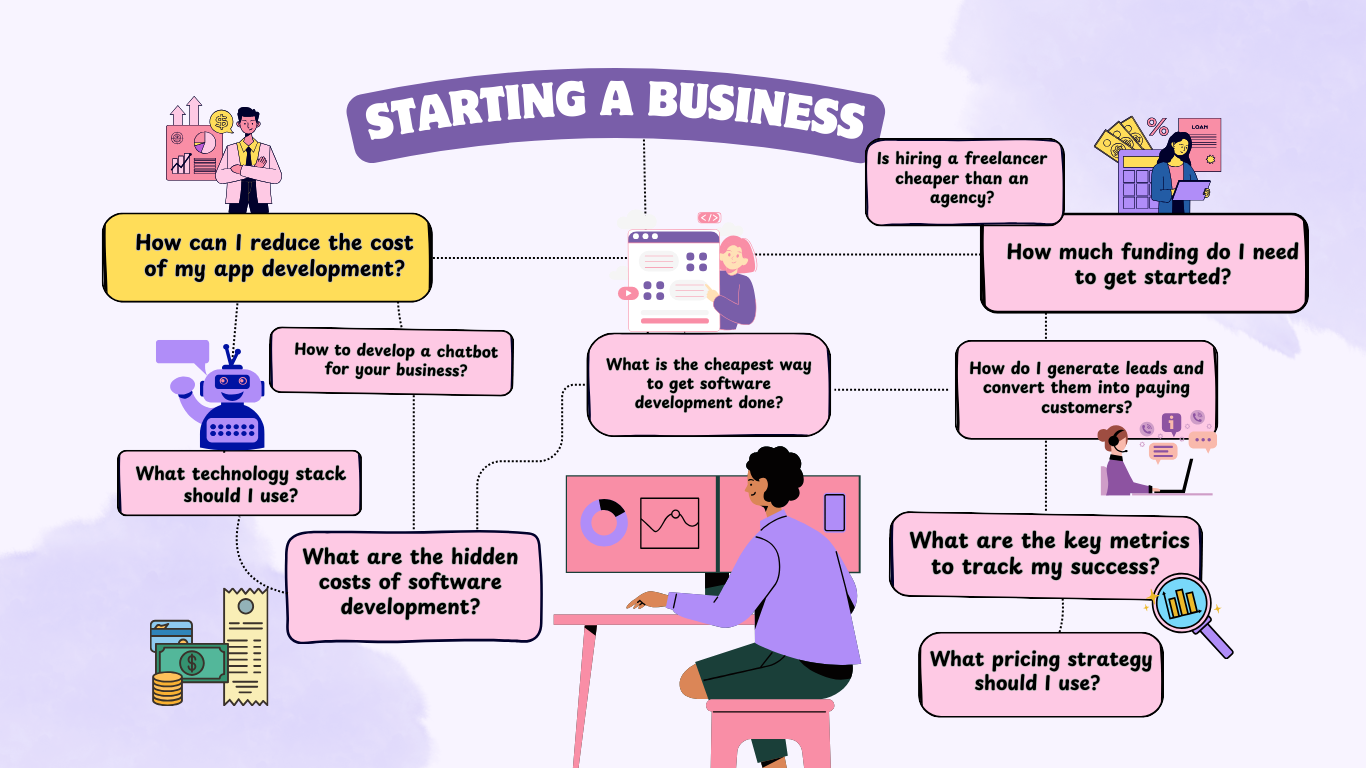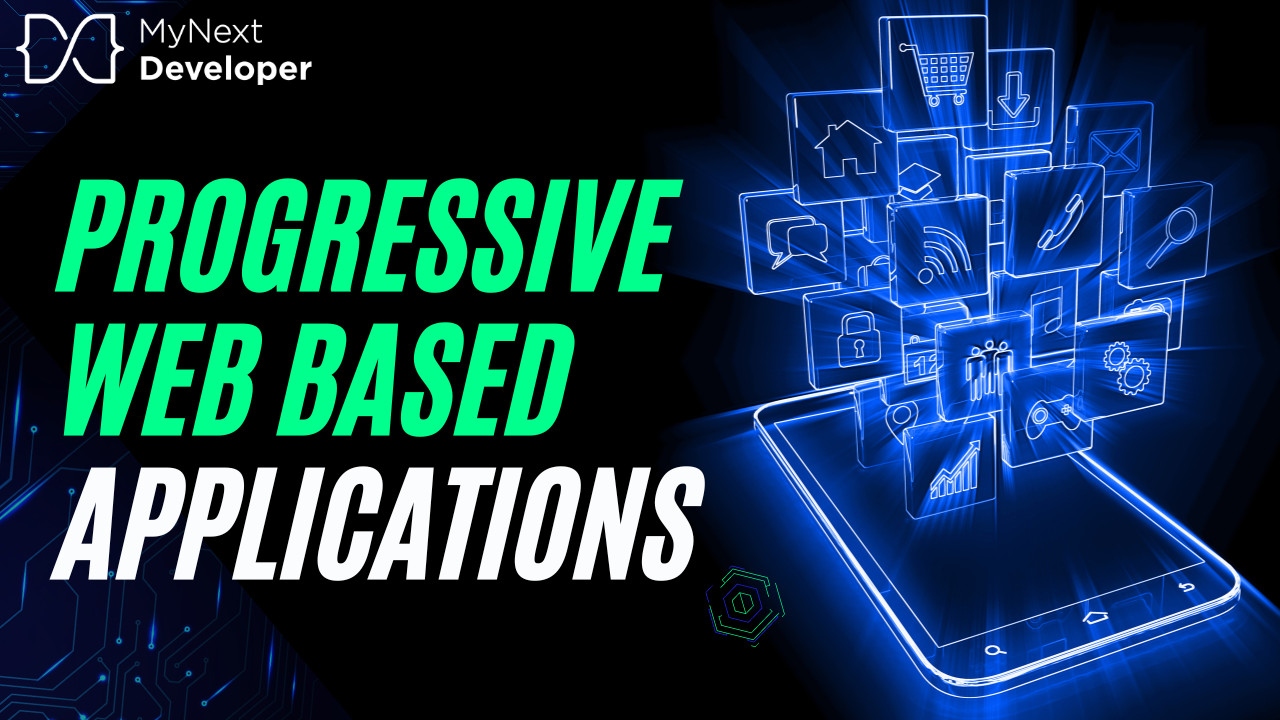How to Build a HIPAA-Compliant App in 2025: A Step-by-Step Guide for Startups
How to Build a HIPAA-Compliant App in 2025: A Step-by-Step Guide for Startups
Data is mighty, but in healthcare, it also happens to be a matter of law. If you make a health app in 2025 and don’t follow HIPAA (Health Insurance Portability and Accountability Act), it is not just unsafe, but also a startup killer. This blog is a comprehensive guide to walk you through everything about developing an app that is HIPAA-compliant, both for beginners and experienced developers.

Why HIPAA Matters More Than Ever in 2025
HIPAA safeguards the patient’s most sensitive data. According to specialists, the use of technologies such as telehealth, wellness apps, and wearable technology has led to an overwhelming amount of healthcare data, and regulators are paying attention. The consequences resulting from the non-compliance can include:
- Up to $1.5M in fines
- Reputational harm
- Lawsuits
First, Know Whether Your App Is Covered By HIPAA
Ask yourself:
- Is your app collecting, storing, or transmitting Protected Health Information (PHI)?
- Is it used by or built for covered entities (like hospitals) or business associates (like billing software)?
If the answer is yes, you are legally bound to comply with HIPAA.
Step-by-Step Guide to Creating a HIP
- Restrict PHI Collection
Collect nothing but what is absolutely necessary. Less data = less liability.
Question: Do you actually require a user’s entire medical background?
2. Encrypt Everything
- Encrypt data at rest with AES-256.
- Use TLS 1.3 for transit data.
HIPAA does not mandate particular technology, but encryption is your best defense.
3. Use Secure Cloud Infrastructure
Use HIPAA-compliant platforms such as:
- AWS with BAA
- Google Cloud Healthcare API
- Microsoft Azure for Health
Confirm if they are willing to sign a Business Associate Agreement (BAA).
4. Add Robust Authentication
For the minimum requirements:
- Multi-Factor Authentication (MFA)
- Role-based access control
- Timed session expiration
No one should have access to PHI except if they are being verified twice.
5. Monitor Everything
Set detailed audit logs to track:
- Who accessed what
- When they accessed it
- What modifications were done
HIPAA requires that all PHI interactions be traceable.
6. User Consent & Privacy Policies
- Make your consent forms concise and to the point.
- Provide straightforward opt-in choices, and not merely the option to opt out.
- Blow the whistles about your data-sharing policy in plain English.
The relation between HIPAA and GDPR is complex, but clarity is a common denominator.
7. Conduct Regular Risk Assessments
Perform yearly HIPAA risk analyses with third-party auditors.
Through this:
- You can identify weaknesses.
- You can stay updated with the continually evolving rules of compliance
8. Sign Business Associate Agreements (BAAs)
Any third-party service used to access PHI (for example, hosting services, e-mail services, and analytics) must sign a BAA.
If you don’t have a BAA, and your app is secure anyway, it still doesn’t make you compliant.
9. Train Your Team
Technical compliance is one thing; human error is another.
Organize HIPAA compliance training for:
- Developers
- Customer support
- Anyone with back-end access
10. Plan for Breaches
Develop a HIPAA-compliant incident response plan in advance.
Your plan should include:
- Notification timelines
- Steps to contain damage
- How to report breaches to US Department of Health and Human Services (HHS)
Bonus: Features That Set Your App Apart
While having compliance is a necessity, trust with users is something you need to establish. Add value by:
- In-app privacy dashboards
- Easy access to medical records
- System of anonymous feedback
- Interoperability with wearables (via secure APIs)
Real Startup Use Case
Healthy Together, a startup firm in the state of Florida, managed to build a diabetes-monitoring app using AWS and Twilio. Implementing HIPAA-ready services, secure encryption of data, end-to-end protection, and signing BAAs, they became operational in just 3 months with no compliance issues.
Closing Thoughts
Building a HIPAA-compliant app in 2025 is much more than a matter of checking the boxes: it is also about being credible to the users who are providing you with their most confidential details. If executed well, HIPAA compliance does not restrict you — it accelerates credibility, investor confidence, and scalability in the long term.
Do you have any questions about HIPAA-friendly tools or dev support? Post them in the comments, and we will be glad to assist you!
Looking to build a high-performing remote tech team?
Check out MyNextDeveloper, a platform where you can find the top 3% of software engineers who are deeply passionate about innovation. Our on-demand, dedicated, and thorough software talent solutions are available to offer you a complete solution for all your software requirements.
Visit our website to explore how we can assist you in assembling your perfect team.





